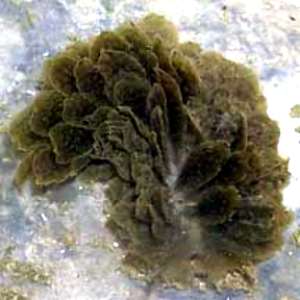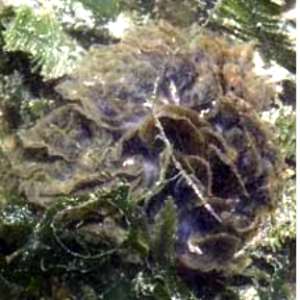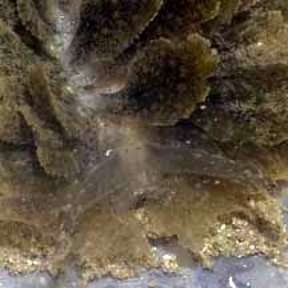Polybranchia orientalis from Singapore
July 5, 2005
From: Lim Han Peng

Hi Bill,
During our intertidal walk at our local shores 2 weeks ago, we got an amazing find!! Found this strange looking slug among the sea grass. Need your help to ID it. From the books and yr website, the closest match i could find is a Cyerce elegans or a Polybranchia orientalis. It does have the defense characteristic of Cyerce, shedding its sticky cerata off when we touched it. I am just unsure if a Polybranchia possess the same ability or not. It is not mentioned in any of the websites and books of references that i could find, including your Factsheet as well. Also, we noticed that in the middle of the slug, it was rather bald, without any cerata. Hope that info able to help u in identification.
Locality: Sekudu, Singapore. South China Sea. Depth: 0.3 m. Length: 50 mm. 21 June 2005. Intertidal. Photographer: Ria Tan
hp
limhp@hotpop.com


Dear hp,
Yes this is Polybranchia orientalis. Like Cyerce it can also cast off its cerata when disturbed. I was puzzled by your comment that the Fact Sheet doesn't mention it can cast off its sticky cerata - that topic seems to be well covered in the main paragraph.
Best wishes,
Bill Rudman
Related messages
-
Is this poisonous? I think i was stung.
From: Leigh Maulson, May 5, 2006 -
Polybranchia orientalis? from the Red Sea
From: Binyamin Koretz, May 5, 2006 -
Sacoglossa from the Philippines
From: Erwin Koehler, April 19, 2002 -
Polybranchia orientalis from American Samoa
From: Don Barclay, September 22, 2001 -
Polybranchia orientalis from eastern Australia
From: Grey McNeil, July 5, 1999 -
Cyerce and Polybranchia
From: Bill Rudman, July 5, 1999
